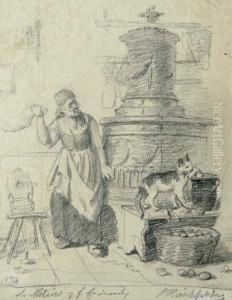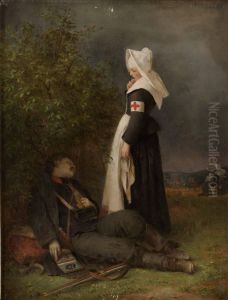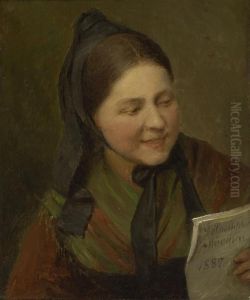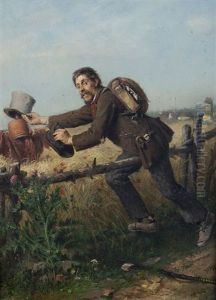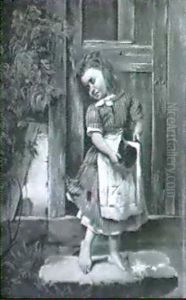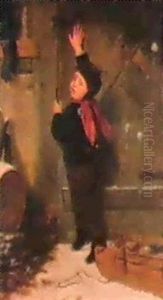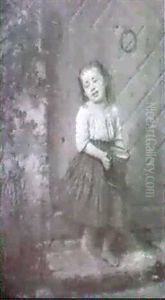Salomon Hirschfelder Paintings
Salomon Hirschfelder was a Jewish artist born in 1872, and his life unfolded during an era of significant historical turbulence. His personal history and career as an artist were deeply impacted by the events of the early 20th century, particularly the rise of Nazism and the onset of the Second World War.
Hirschfelder's artistic journey is not widely documented, and as such, there is limited information available about his personal life, education, and specific artistic endeavors. It is known that he was active in the late 19th and early 20th centuries, a period that saw a great deal of artistic innovation with movements like Impressionism, Expressionism, and Modernism reshaping the landscape of visual arts.
Unfortunately, like many Jewish artists of his time, Hirschfelder's life and career were tragically cut short by the Holocaust. He died in 1942, and it is believed that he was a victim of the Nazi regime's genocidal policies. The exact circumstances of his death are not well-documented, but it is likely that he perished in one of the concentration camps that were part of the Nazis' systematic effort to exterminate the Jewish people.
The body of work left behind by Salomon Hirschfelder, if any survived, would likely reflect the stylistic tendencies of his era, though specific details about his pieces, exhibitions, or influence on other artists remain obscure. The loss of his artistic contributions is a poignant reminder of the countless cultural treasures and historical records that were destroyed or lost during the tumultuous years of the Second World War.
The legacy of artists like Hirschfelder is often pieced together posthumously through the efforts of historians, scholars, and family members who work to recover and preserve what remains of their work. In many cases, these artists are commemorated through exhibitions, catalogs, and research that aim to honor their memory and ensure that the atrocities that led to their untimely deaths are not forgotten.
